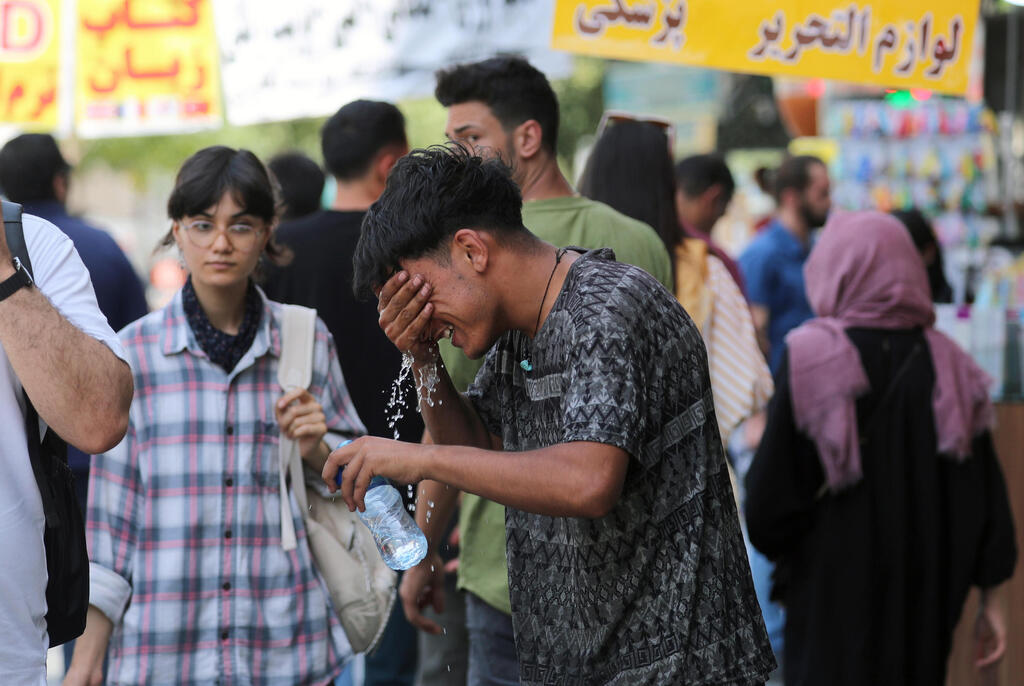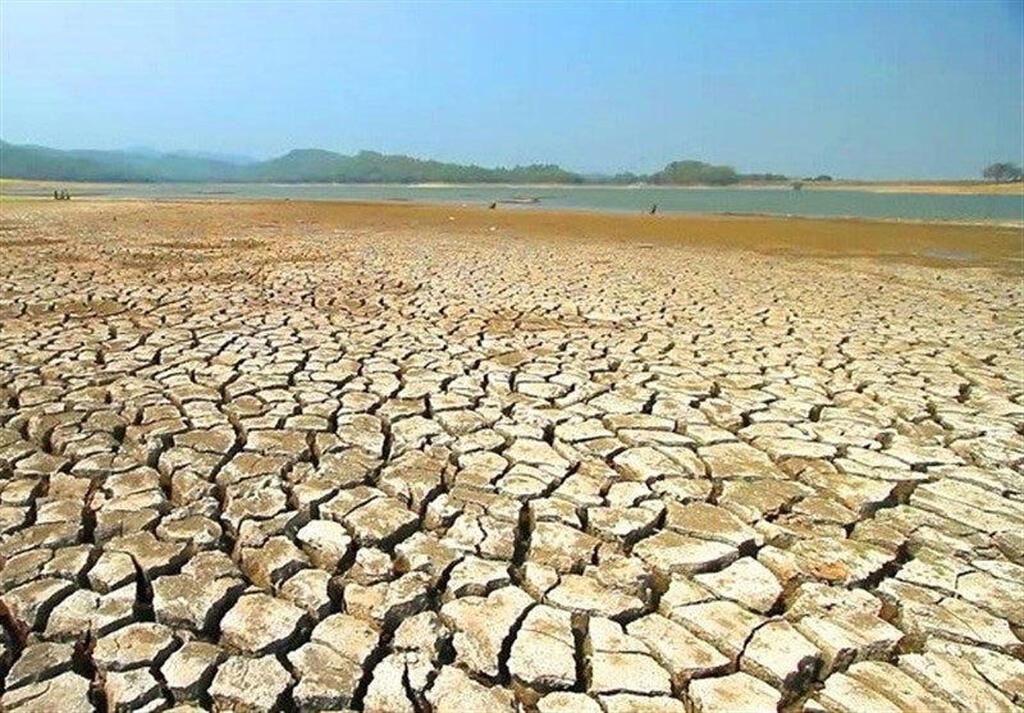Getting your Trinity Audio player ready...
Iran has announced Wednesday and Thursday this week will be public holidays because of "unprecedented heat" and told the elderly and people with health conditions to stay indoors, Iranian state media reported.
Read more:
Many cities in southern Iran have already suffered from days of exceptional heat. State media reported temperatures had this week exceeded 123 degrees Fahrenheit (51 Celsius) in the southern city of Ahvaz.
2 View gallery


Iranian man trying to cool off amid unprecedented heatwave, in Tehran, Iran
(Photo: EPA/ABEDIN TAHERKENAREH)
Government spokesman Ali Bahadori-Jahromi said the decision to close governmental offices, banks and schools on Wednesday and Thursday came after the health ministry warned about a possible increase in cases of heat exhaustion because of high temperatures in the country, the official IRNA news agency reported.
In recent days, cities and towns in Iran saw temperatures around 40 degrees Celsius (104 degrees Fahrenheit). The capital, Tehran, experienced 38 C (100.4 F) on Tuesday.
The metrological office predicted Tehran would see temperatures of 39 C (102.2 F) over the next three days.
Ahvaz, the capital of an oil-rich province in the country's southwest, experienced 50 C (122 F) on Tuesday.
In 2022, Iran registered its hottest temperature at 53 C (127.4 F) in Ahvaz.
Earth's hottest day in modern history was likely July 4, when the average global temperature reached 17.18 degrees Celsius (62.9 degrees Fahrenheit). Scientists have linked it to human-induced climate change and emerging El Nino pattern.
The highest registered air temperature on Earth is 56.7 C (134 F), recorded July 10, 1913, in Death Valley in the United States.


